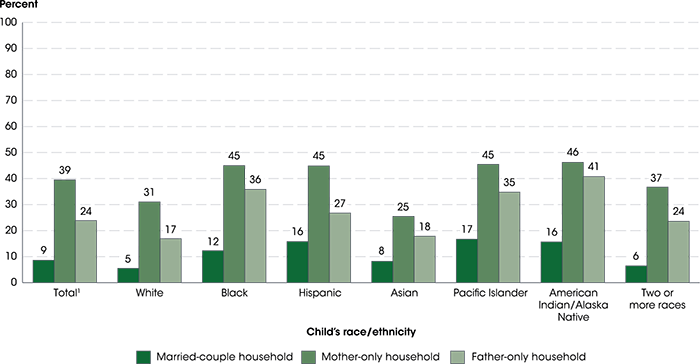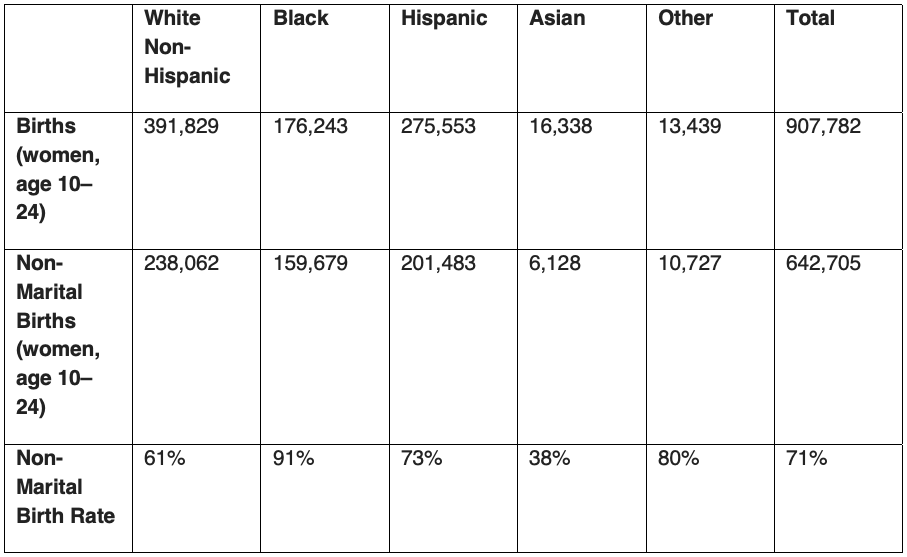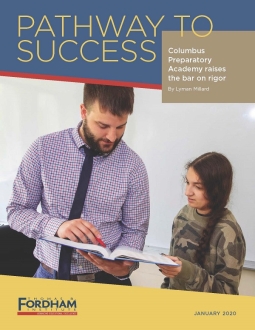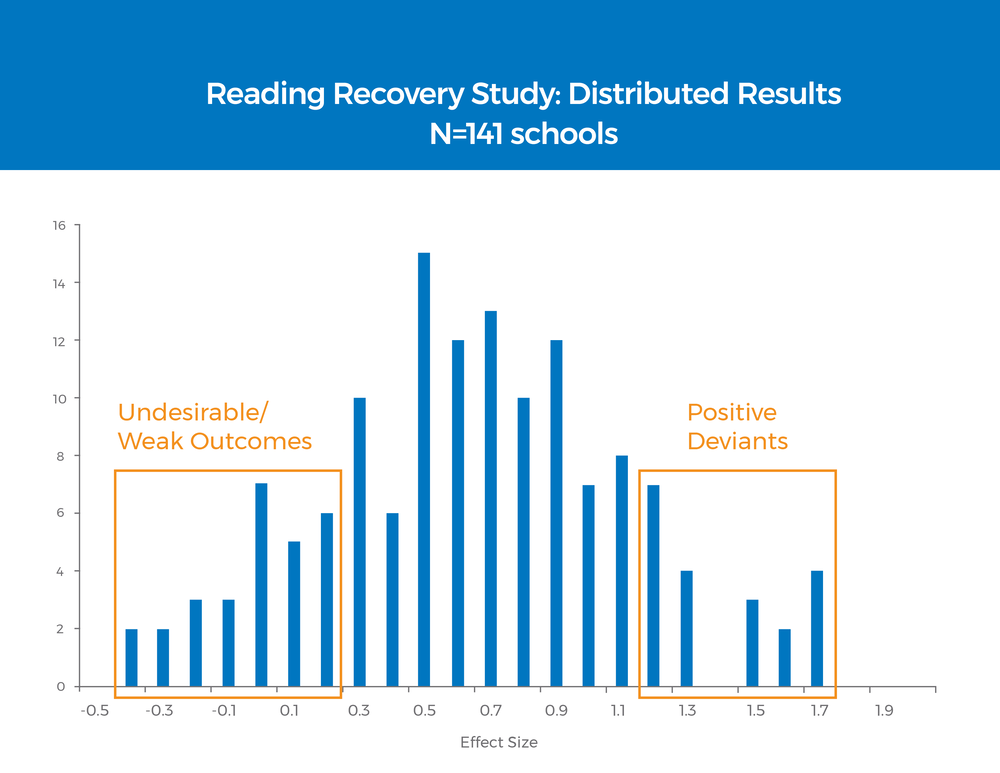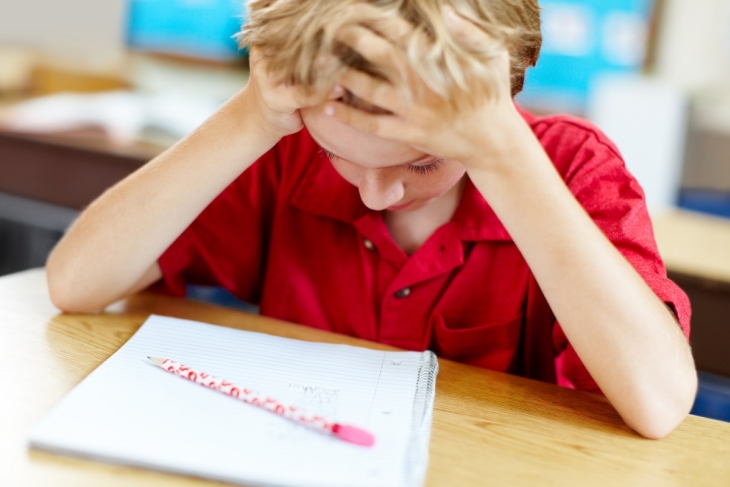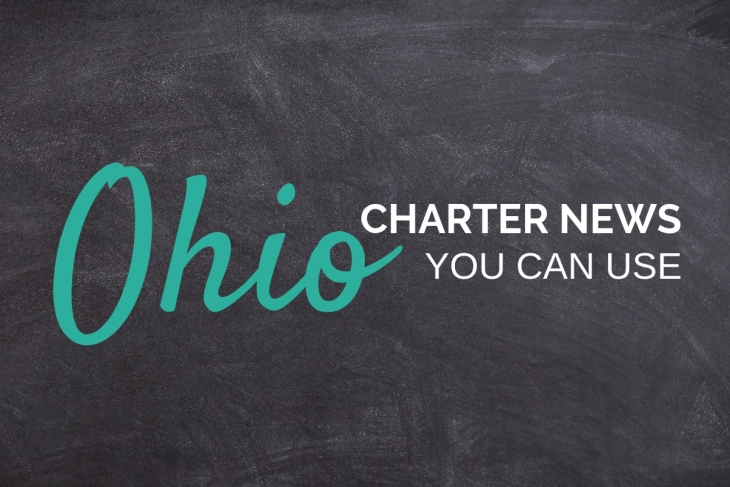Over the past nine months or so, our Moonshot for Kids initiative, a collaboration with the Center for American Progress, has given me an opportunity to think a lot about research and development in K–12 education.
It’s made my head hurt. Like, a lot.
Where I keep getting hung up—and based on the majority of proposals to our Moonshot for Kids competition, I don’t think I’m alone—is over the distinction between “research and development” (R & D) and “school improvement.” These are very different concepts. Yet bringing them into productive contact with one another might be the key to getting student outcomes moving in the right direction once again.
First let’s discuss why they should be viewed separately, and then examine what could happen if they were brought into purposeful engagement.
What’s the purpose of R & D?
In any field of human endeavor, the rationale for research and development is the assumption that we can always find a better, more effective, more efficient way to get a job done, or as one frequently-played ad on NPR says, to “solve previously unsolvable problems.”
And to be sure, the problem we want our schools to solve is hard. Consider what we ask a typical high-poverty elementary school to achieve:
Take a group of fifty to one hundred five-year-olds, most of them illiterate and innumerate; many of them lacking in pre-literacy and pre-numeracy skills, plus limited in self-control and socialization experiences; some of them facing severe behavioral and emotional challenges and more than a few with troubled home and neighborhood environments; and, over the course of six years, prepare most of them to succeed in middle school and beyond.* That preparation must include mastery grade-level expectations in reading, writing, and math, plus history, geography, and science, plus essential social and emotional skills, including a growth mindset; perseverance; attention to detail; and teamwork. And do all of this while forming habits of good character and citizenship; creating an appreciation for art and music; providing opportunities for physical exercise; in a community of kindness and respect; and while the children continue to face the various stresses of poverty.
You can see why we likened our education challenges to a moonshot.
A proper research and development enterprise would work at attacking the problem head on. It would focus on the components that schools can control, like the types of people they hire; the roles those people play; the tools they are given; how student time is allocated; how student learning is assessed; how community and parent resources are tapped; etc. The “R” in R & D would focus on discrete questions related to these slices of the schooling enterprise. And the “D” would take insights from the R to build out new tools, technologies, and other solutions, perhaps bundled in completely new and innovative ways.
Thankfully, we have some examples of successful R & D in elementary education already. Decades of NIH-funded research bequeathed us important scientific insights about how to teach children to read, for example that phonics and phonemic awareness must be taught systematically. That science has been baked into high-quality curricula (such as Core Knowledge Language Arts) and inspired helpful tools (such as DIBELS). There are other promising examples in the areas of reading comprehension, math, writing, student discipline, and more. But there are also plenty of blind spots. Can we really say that we know a sure-fire way to teach little kids about history, geography, and science? What about developing good character or understanding our system of government?
But let’s stipulate that, for elementary schools especially, the R & D process has given us some useful science and evidence-based tools. Why aren’t more schools using them?
That’s where “school improvement” comes in.
What’s the promise of “school improvement”?
The R & D process is inherently top-down. That’s not to say that governments or venture capitalists or philanthropists shouldn’t solicit input from “the field.” Of course that’s essential. But when these folks fund research and development projects, they are making bets on ideas and people that show promise. They are exercising expertise.
But for the fruits of R & D to have an impact in the real world, they must be embraced by some sort of bottom-up process. Someone needs to take a bunch of different ideas and a set of cutting-edge tools and combine them in new and innovative ways. As a hammer needs a carpenter, or a blueprint needs a foreman, R & D needs a receptive audience to bring it to life in the real world.
In the private sector, this task is handled largely by the likes of Silicon Valley, via the profit-motived-fueled phenomenon of creative destruction, as start-ups and their investors attempt to apply R & D to real-world problems and create value at scale.
That motive is curbed almost into oblivion in public education, thanks to our “system” of 14,000 government-run local monopolies. Sure, there’s plenty of money in their combined $650 billion budget that could pay for new products and tools and technologies. But there’s a reason that the VC crowd has been relatively uninterested in K–12 education: the inclination of our schools to spend any marginal dollars on additional staff instead of tools or technologies that might make their current staff more effective or efficient. In fact, as Mike Antonucci pointed out last month, the latest data indicate that we are doing it again, hiring staff like there’s no tomorrow.
Without a profit motive, then, we need a different kind of process that might lead schools to search for, find, and successfully implement promising tools and technologies that result from R & D. And we call that process “school improvement.”
This is what’s advocated by Tony Bryk and the Carnegie Foundation, in the form of “networked improvement communities,” or as the Bill & Melinda Gates Foundation calls them, Networks for School Improvement. They encourage schools or systems to work together to identify solutions to common problems, implement those solutions thoughtfully, collect and analyze data on how things are going, and iterate.
And if done well, the bottom-up School Improvement Networks should find the fruits of the top-down R & D investments and figure out how to make various solutions fit together in a coherent way.
Is goodwill enough?
Is this theory of action naïve? You don’t have to be a cynic to think that “the system” is never going to focus on doing “what works” if “what works” goes against the political interests of “the system.” Which, in many communities, is employing as many people as possible.
That’s one reason why I believe that accountability-for-results remains an essential element of tomorrow’s education ecosystem, why at the very least we need A–F systems or the like to shame local systems into balancing their small-p political interests against the urgency of getting better results for kids. It’s not enough, but at least it should nudge schools to consider investing in better tools and strategies instead of just hiring more people. Maybe it will help if those tools or technologies are cheap or free.
It’s also why I support charter schools, which face the dual incentive structure of accountability for results and the obligation to satisfy their customers. They have to get good results or die. And they have the autonomy to think creatively about how to best use their staff, time, and financial resources to best serve their kids. It’s no coincidence that high-poverty charter schools tend to get better outcomes than their district peers, given their incentives, agility, and ability to search out what works and implement it in their classrooms. If you want to see what that looks like, go visit an Achievement First, or Success Academy, or IDEA, or KIPP elementary school, or any of the other “Whatever it Takes” (“WIT”) charter schools nationwide.
—
In sum, R & D is not the same thing as school improvement. R & D is top-down; school improvement is bottom up. R & D is about creating solutions to thorny problems; school improvement is about taking those solutions and fitting them together in ways that work for particular children, communities and circumstances. R & D is about tools and technology; school improvement is about how to best implement them in the real world.
R & D and school improvement are not the same. But they need each other like bees need flowers, and flowers need bees. We must invest in both for them both to flourish.
* This actually understates the level of difficulty, since most high-poverty elementary schools must deal with enormous student turnover as well.


